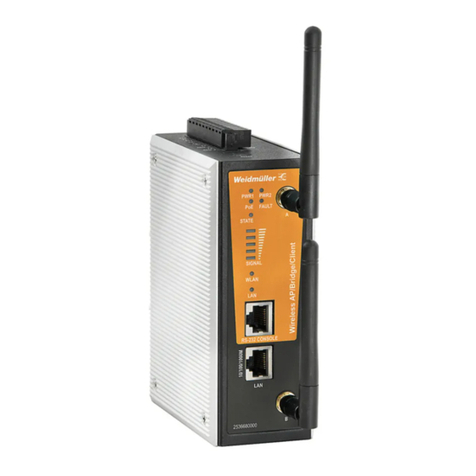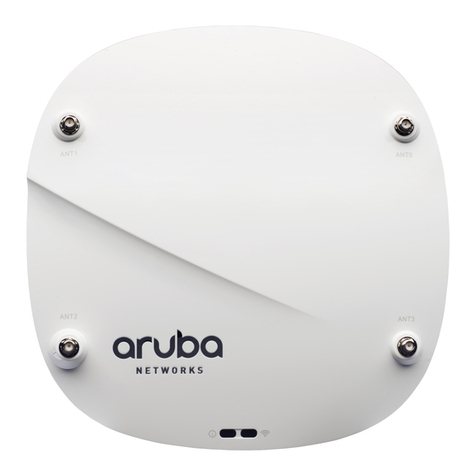Table of Contents
1. Introduction..........................................................................................................................................5
Overview ..............................................................................................................................................6
Package Checklist ..................................................................................................................................6
Product Features ...................................................................................................................................6
Product Specifications ............................................................................................................................7
Functional Design ................................................................................................................................ 10
Device Ports ................................................................................................................................ 10
LED Indicators ............................................................................................................................. 10
Beeper........................................................................................................................................ 11
Reset Button................................................................................................................................ 11
2. Getting Started....................................................................................................................................12
First-time Installation and Configuration ................................................................................................. 13
Communication Testing ........................................................................................................................ 14
Function Map ...................................................................................................................................... 16
3. Web Console Configuration .................................................................................................................17
Web Browser Configuration................................................................................................................... 18
Overview ............................................................................................................................................ 19
General Setup ..................................................................................................................................... 20
System Information...................................................................................................................... 20
Network Settings.......................................................................................................................... 21
System Time ............................................................................................................................... 22
Wireless LAN Setup.............................................................................................................................. 23
Operation Mode............................................................................................................................ 23
Basic WLAN Setup ........................................................................................................................ 24
WLAN Security Settings................................................................................................................. 26
Advanced WLAN Settings .............................................................................................................. 33
WLAN Certificate Settings (for EAP-TLS in Client/Slave mode only)..................................................... 35
Advanced Setup .................................................................................................................................. 36
DHCP Server (for AP mode only) .................................................................................................... 36
Packet Filters ............................................................................................................................... 38
SNMP Agent................................................................................................................................. 40
Link Fault Pass-Through (for Client mode only) ................................................................................ 42
Logs and Notifications .......................................................................................................................... 42
System Logs................................................................................................................................ 43
Syslog ........................................................................................................................................ 44
E-mail Notifications....................................................................................................................... 45
Trap ........................................................................................................................................... 46
Status ................................................................................................................................................ 47
Wireless LAN Status...................................................................................................................... 47
Associated Client List (for AP/Master mode only) .............................................................................. 48
DHCP Client List (for AP mode only)................................................................................................ 48
System Logs................................................................................................................................ 49
Power Status ............................................................................................................................... 49
System Status ............................................................................................................................. 49
Network Status ............................................................................................................................ 50
Maintenance ....................................................................................................................................... 50
Console Settings .......................................................................................................................... 51
Ping............................................................................................................................................ 51
Firmware Upgrade ........................................................................................................................ 51
Configuration Import and Export .................................................................................................... 52
Load Factory Default..................................................................................................................... 53
Account Settings .......................................................................................................................... 53
Change Password ......................................................................................................................... 54
Misc. Settings .............................................................................................................................. 55
Troubleshooting ........................................................................................................................... 55
Save Configuration .............................................................................................................................. 56
Restart ............................................................................................................................................... 57
Logout................................................................................................................................................ 58
4. Software Installation and Configuration .............................................................................................59
WLAN Administration Tool..................................................................................................................... 60
Installing WLAN Administration Tool ............................................................................................... 60
Configuring WLAN Administration Tool ............................................................................................ 62
5. Additional Consoles.............................................................................................................................67
RS-232 Console Configuration (115200, None, 8, 1, VT100) ..................................................................... 68
Configuration by Telnet and SSH Consoles .............................................................................................. 70
Configuration by Web Browser with HTTPS/SSL ....................................................................................... 70
Disabling Telnet and Browser Access ...................................................................................................... 71





























